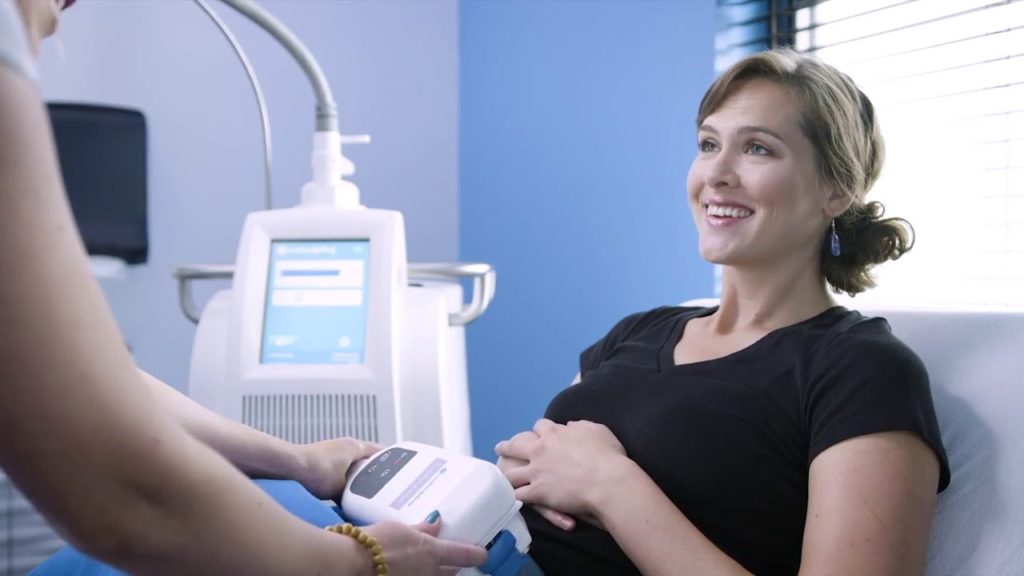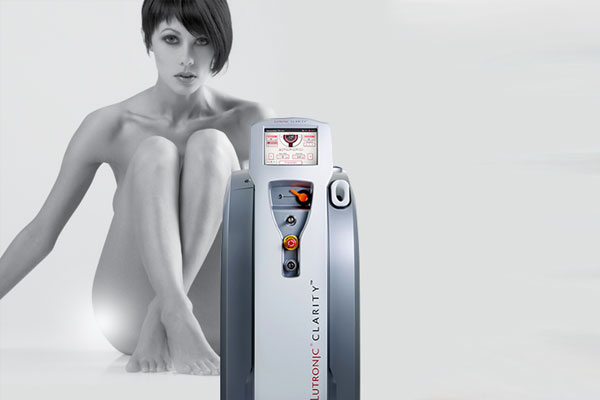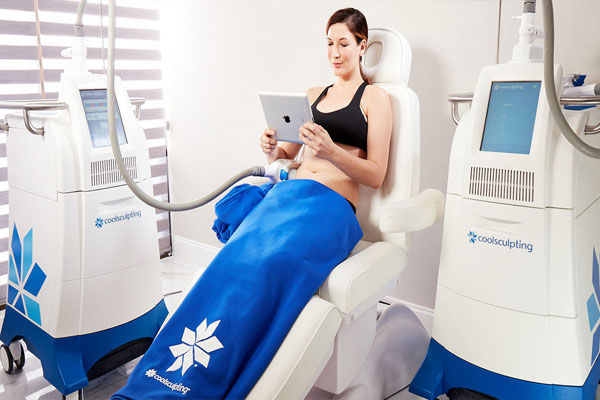
Ozone Therapy

What Is Ozone Therapy?
Ozone therapy is a complementary medical treatment that uses ozone gas (O3)—a three-atom form of oxygen—for its therapeutic effects. Due to its antibacterial, antiviral, and antifungal properties, medical-grade ozone is used to improve bodily functions, enhance immune system activity, and increase tissue oxygenation. The gas is generated using pure oxygen and a specialized ozone generator, then applied to the body through various techniques.
How Is Ozone Therapy Administered?
Ozone therapy can be performed using several methods. One of the most common techniques is major autohemotherapy, where a small amount of the patient’s blood is drawn, mixed with ozone, and reinfused intravenously. Other methods include rectal insufflation, localized ozone injections, and topical applications using ozonated water or oils. The method is chosen based on the patient’s condition and treatment goals.
Main Application Methods
- Major autohemotherapy: Mixing ozone with blood and re-infusing it
- Rectal insufflation: Administering ozone gas via the rectum
- Localized injections: Injecting ozone into muscles or joints
- Topical applications: Using ozonated water, oil, or ozone bags on the skin
What Conditions Is Ozone Therapy Used For?
Ozone therapy is widely used as supportive treatment for various health conditions, including:
- Chronic fatigue syndrome
- Fibromyalgia and musculoskeletal pain
- Rheumatic diseases
- Circulatory problems and diabetic foot ulcers
- Viral infections (herpes, shingles, hepatitis, etc.)
- Skin conditions (eczema, psoriasis, acne)
- Detox and anti-aging support
Benefits of Ozone Therapy
Ozone supports cellular regeneration, increases oxygen transport, activates antioxidant defense systems, and neutralizes free radicals. It also improves circulation by dilating blood vessels and reduces inflammation, contributing to overall health and well-being.
Impact on Quality of Life
By increasing energy, enhancing immunity, and reducing chronic pain, ozone therapy can improve daily functioning and well-being, especially for those with chronic conditions. 💡
How Many Sessions Are Needed?
The number of sessions depends on the individual’s health condition. Typically, 6–10 sessions are recommended, performed 1–2 times per week. A personalized treatment plan is created based on the physician’s evaluation. Maintenance sessions may be added if needed.
Who Should Not Receive Ozone Therapy?
Ozone therapy is not recommended for pregnant women, individuals with G6PD enzyme deficiency, those with hyperthyroidism, or people with ozone sensitivity. A medical assessment must be performed before treatment.
Ozone Therapy Prices
Prices vary depending on the application method, number of sessions, and the condition being treated. For personalized evaluation and detailed information, please contact our clinic directly.
| Feature | Description |
|---|---|
| Session Duration | 30–45 minutes |
| Session Frequency | 1–2 times per week |
| Total Sessions | 6–10 sessions (may vary by case) |
| Main Technique | Major autohemotherapy (blood–ozone infusion) |
Conclusion
Ozone therapy is an effective complementary treatment that promotes healing at the cellular level, strengthens the immune system, and improves circulation. With various methods of administration, it can support treatment for many health issues and enhance overall vitality. When performed under expert supervision, it offers a safe and personalized approach to improving health and quality of life.
Frequently Asked Questions
Is ozone therapy painful?
No, the procedures are usually painless. Some techniques may cause a mild pricking sensation.
Will I feel a difference after the first session?
Some patients report increased energy and relief after the first few sessions, though a full effect usually requires multiple sessions.
Are there any side effects?
When applied correctly by a professional, side effects are rare. Mild fatigue or dizziness may occur in sensitive individuals.
Can ozone therapy replace medications?
No, it is a complementary treatment meant to support—not replace—conventional medical care. Always follow your physician’s advice.









